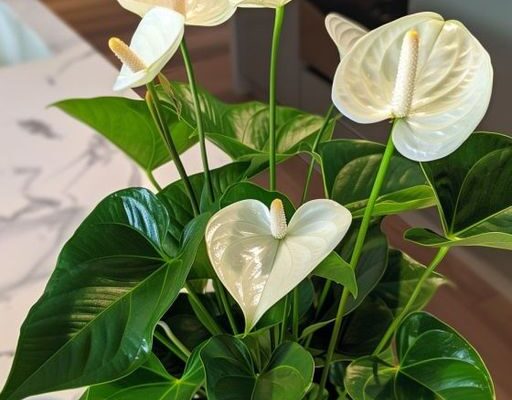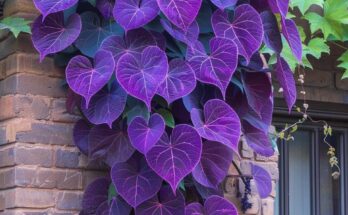White anthuriums are captivating indoor plants known for their stunning, glossy leaves and striking white spathes that contrast elegantly with their dark green foliage. Cultivating these tropical beauties indoors can add a touch of exotic charm to any space, enhancing both aesthetics and air quality. However, achieving the perfect environment to grow thriving white anthuriums requires more than watering and occasional trimming. Understanding the specific needs and common pitfalls can help you nurture healthy, vibrant plants that can bloom for years to come.
If you are an indoor plant enthusiast looking to add a touch of elegance to your home decor, or someone who is struggling to keep their white anthuriums looking their best, then this article is for you. Continue reading to discover the top 10 proven tips for growing thriving white anthuriums indoors and learn how to avoid the common mistakes that many plant owners make.
1. Provide Adequate Light
White anthuriums thrive in bright, indirect light. Direct sunlight can scorch their leaves, while too little light can result in poor growth and fewer blooms. Place them near a window where they can receive filtered sunlight throughout the day.
2. Maintain Optimal Humidity
These tropical plants prefer high humidity levels, between 60-80%. Using a humidifier or placing a tray of water near the plant can help maintain the necessary moisture in the air. Regular misting can also be beneficial.
3. Water Properly
Anthuriums need consistently moist soil but are prone to root rot if overwatered. Water them thoroughly when the top inch of soil feels dry, ensuring that the pot has good drainage to prevent waterlogging.
4. Use Proper Soil
A well-draining, aerated soil mix is key for white anthuriums. A mixture of orchid bark, peat moss, and perlite can provide the necessary drainage and acidity required for healthy growth.
5. Fertilize Regularly
Feed your anthuriums with a balanced liquid fertilizer every 6-8 weeks during the growing season. Avoid over-fertilizing, as too much can damage the roots and stunt growth.
6. Repot When Necessary
Repotting every 2-3 years helps to refresh the soil and provide more space for root growth. Choose a pot that is only slightly larger than the current one to avoid excess soil that can hold too much moisture.
7. Prune Dead or Yellowing Leaves
Regularly remove any dead or yellowing leaves to promote healthy growth and prevent disease. Use clean, sharp scissors to make clean cuts.
8. Control Pests
Pests like aphids and spider mites can affect white anthuriums. Inspect the plant regularly and treat any infestations with appropriate insecticides or natural remedies like neem oil.
9. Ensure Good Air Circulation
Good air circulation helps prevent fungal diseases and keeps the plant healthy. Avoid placing your anthurium in a stuffy or stagnant area.
10. Monitor Temperature
White anthuriums prefer temperatures between 60-85°F (15-29°C). Keep them away from drafts, heaters, and air conditioners to maintain a stable environment.
Common Mistakes to Avoid
Many indoor plant owners make mistakes that can hinder the growth of their white anthuriums. Overwatering, using the wrong soil mix, and exposing the plant to direct sunlight are some of the most common errors. By following the tips above and avoiding these pitfalls, you can ensure that your white anthuriums thrive and add beauty to your indoor space for years to come.



